Market Growth Projections
The Global Proteases Market Industry is poised for substantial growth, with projections indicating a market size of 3.35 USD Billion in 2024 and an anticipated increase to 5.4 USD Billion by 2035. This growth trajectory suggests a compound annual growth rate (CAGR) of 4.44% from 2025 to 2035. Such figures reflect the increasing integration of proteases across various sectors, including food, pharmaceuticals, and biotechnology. The market's expansion is likely driven by technological advancements, rising health awareness, and sustainability initiatives, positioning proteases as essential components in diverse applications.
Advancements in Biotechnology
Technological advancements in biotechnology are propelling the Global Proteases Market Industry forward. Innovations in enzyme engineering and production techniques enhance the efficiency and specificity of proteases, making them more appealing for various applications. For instance, recombinant DNA technology allows for the production of tailored proteases that meet specific industrial requirements. These advancements not only improve the performance of proteases but also reduce production costs, thereby increasing their adoption across multiple sectors. As industries seek to optimize processes and reduce waste, the demand for biotechnologically advanced proteases is expected to rise, further driving market growth.
Rising Demand in Food Industry
The Global Proteases Market Industry experiences a notable surge in demand driven by the food sector. Proteases Market are essential in various food processing applications, including meat tenderization, cheese production, and brewing. As consumer preferences shift towards processed and convenience foods, the need for proteases is expected to grow. In 2024, the market is projected to reach 3.35 USD Billion, reflecting the increasing incorporation of proteases in food formulations. This trend is likely to continue, with the market anticipated to expand significantly by 2035, potentially reaching 5.4 USD Billion. Such growth indicates a robust CAGR of 4.44% from 2025 to 2035.
Growing Awareness of Health Benefits
There is a growing awareness of the health benefits associated with proteases, which significantly influences the Global Proteases Market Industry. Proteases Market are recognized for their role in digestion and potential therapeutic applications, including anti-inflammatory and anti-cancer properties. As consumers become more health-conscious, the demand for dietary supplements containing proteases is likely to increase. This trend is evident in the rising popularity of enzyme-based supplements, which are marketed for their digestive health benefits. The increasing focus on preventive healthcare and wellness is expected to sustain this demand, contributing positively to the market's growth trajectory.
Environmental Sustainability Initiatives
Environmental sustainability initiatives are increasingly influencing the Global Proteases Market Industry. Industries are under pressure to adopt eco-friendly practices, leading to a shift towards biocatalysts like proteases that offer sustainable alternatives to traditional chemical processes. Proteases Market can reduce energy consumption and minimize waste in various applications, including textile and detergent manufacturing. As companies strive to meet regulatory standards and consumer expectations for sustainability, the adoption of proteases is expected to rise. This trend not only supports environmental goals but also aligns with the growing demand for green chemistry solutions, thereby fostering market growth.
Expansion of Pharmaceutical Applications
The expansion of pharmaceutical applications for proteases is a key driver of the Global Proteases Market Industry. Proteases Market are utilized in drug formulation and development, particularly in the production of therapeutic enzymes and as active pharmaceutical ingredients. The increasing prevalence of chronic diseases necessitates the development of innovative treatments, thereby boosting the demand for proteases in the pharmaceutical sector. As research continues to uncover new applications for proteases in medicine, the market is likely to see substantial growth. This trend aligns with the overall expansion of the pharmaceutical industry, which is projected to further enhance the market for proteases.
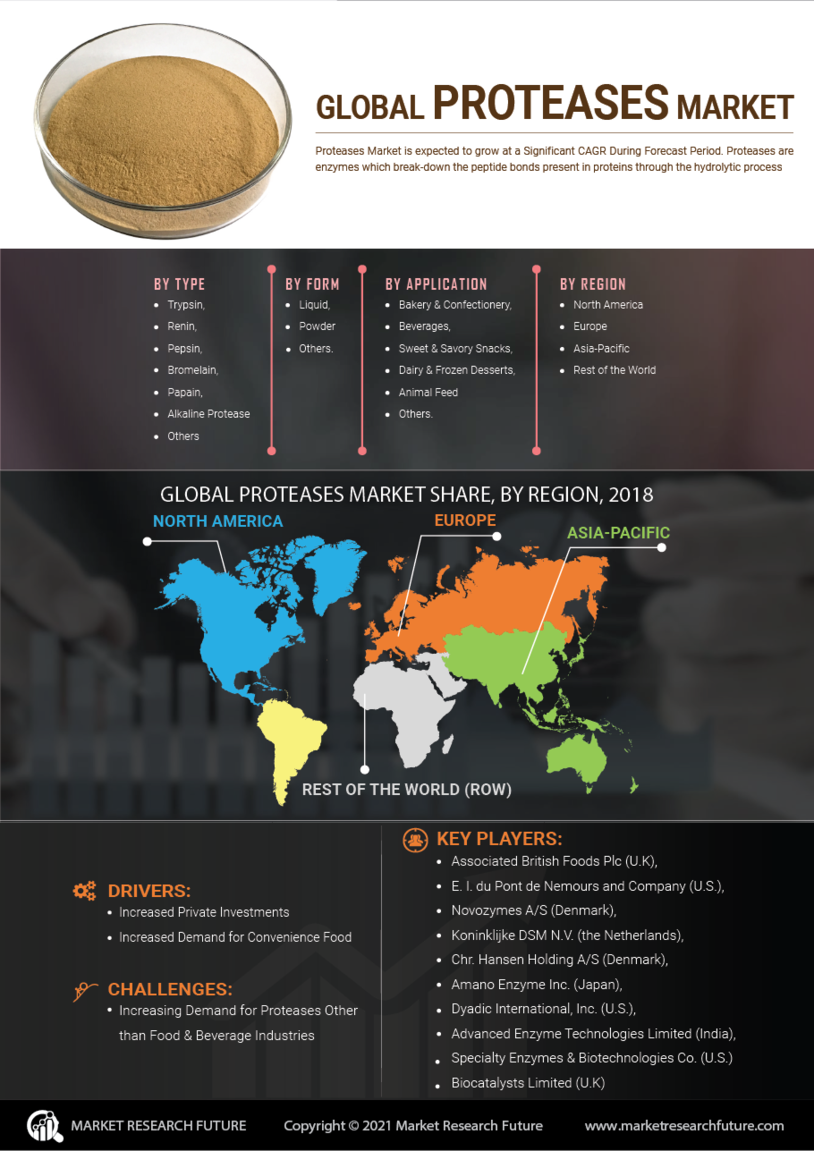

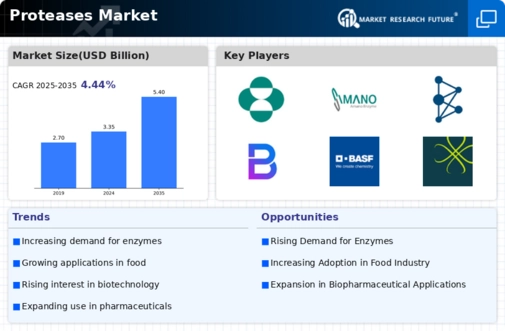
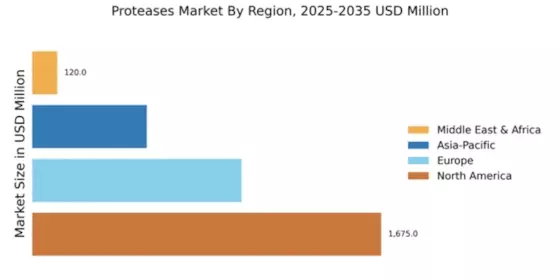
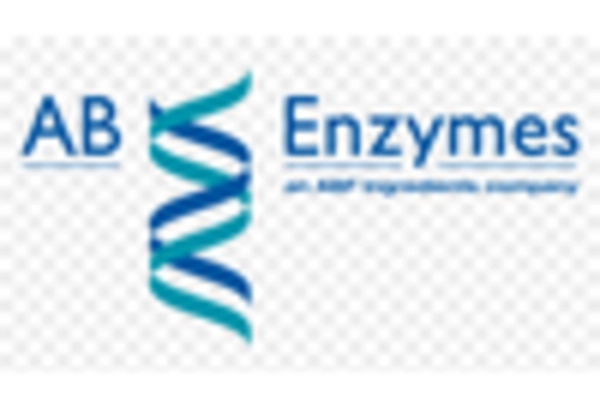

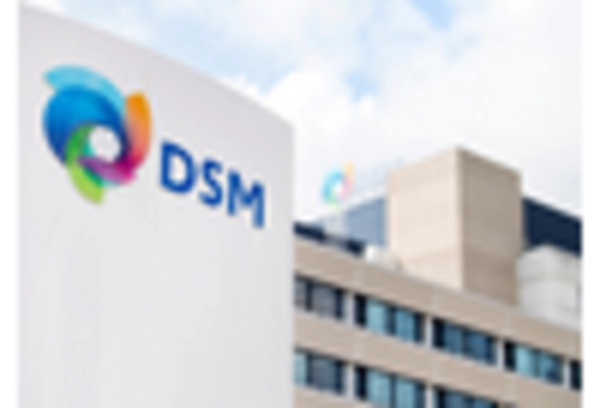


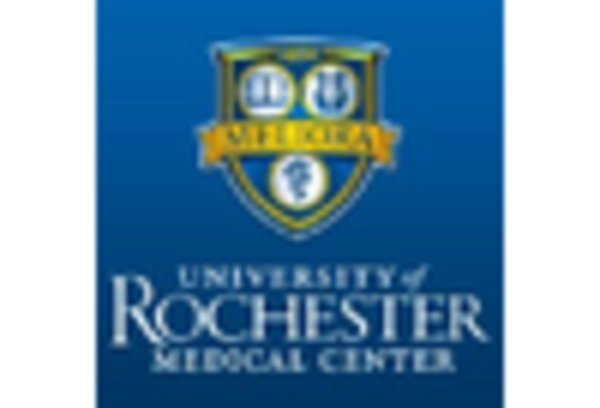








Leave a Comment